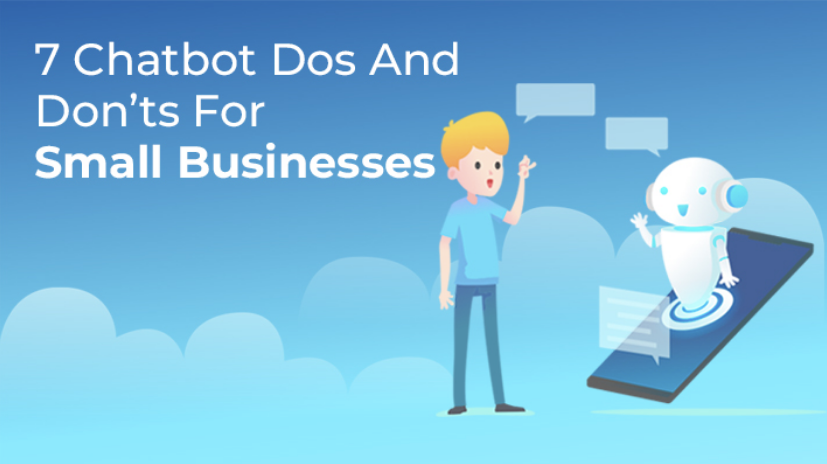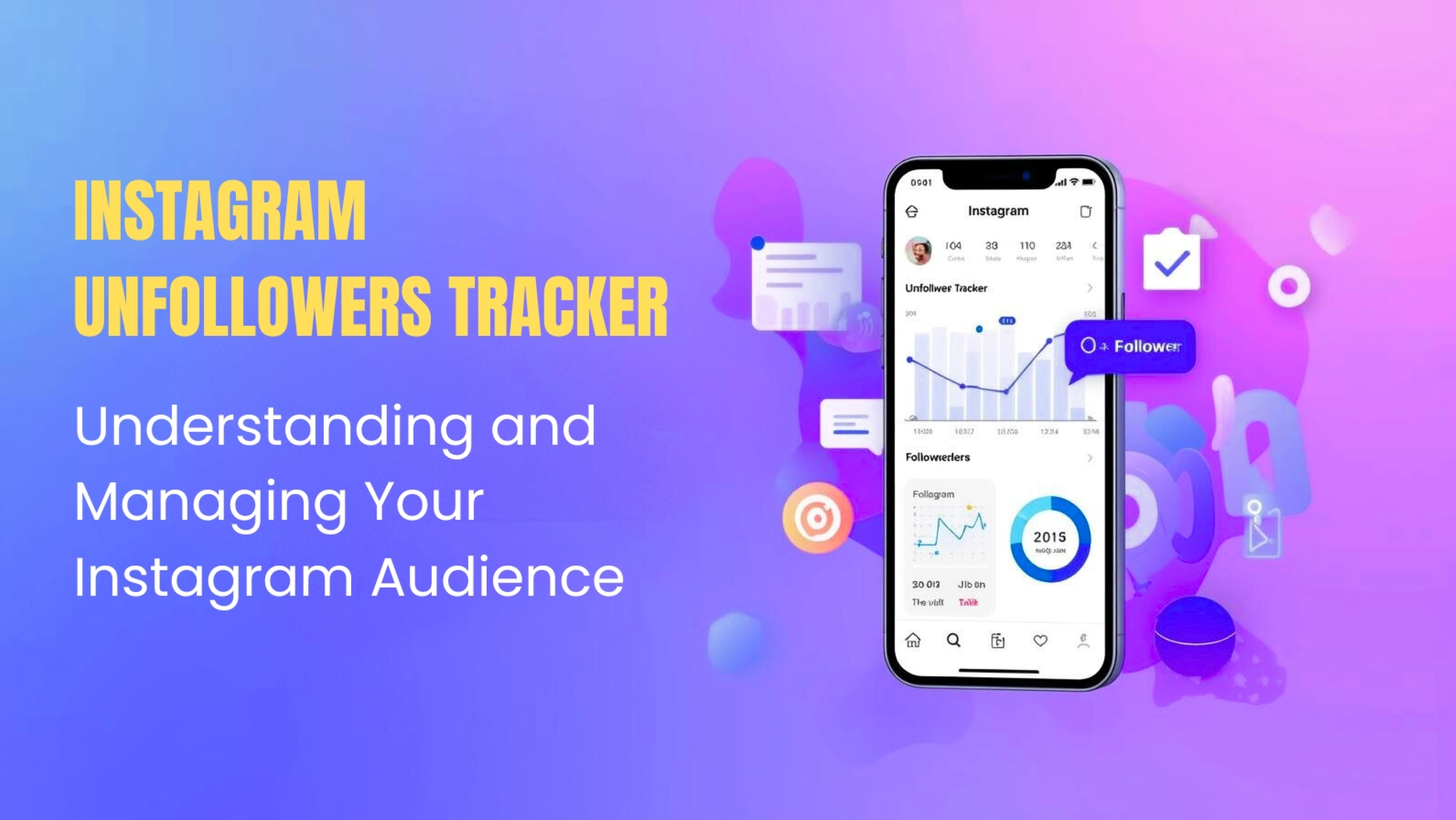Chatbots have become the latest craze as small businesses embrace more technological advancements for their CRM strategies. Companies have realized the immense benefits of chatbots in streamlining and imitating human interactions, so they continue to invest in the technology.
However, many small businesses starting with chatbots for CRM keep making avoidable mistakes and failing to follow best practices. It isn’t enough to integrate chatbots with your emails or social media. There are other strategies to follow for best results.
In this post, we will highlight 5 chatbot Dos and Don’ts so you get the best out of your investment.
4 Chatbot Dos For Small Businesses
Here are 5 best practices to follow when you start using chatbots.
1. Do customer research
Customer research is an important part of customer relationship management. It provides in-depth insight into your customers' interests, needs, fears, etc., and this information helps you build better and more tailored products. Chatbots are fast becoming an integral part of a typical customer research process. These tools can ask customers questions and learn their interests by having them choose a response and offer better responses. Since one of the benefits of chatbots is that they mimic human interactions, these tools can deliver stellar service without any hidden motivations or tones that may be common with human customer service agents. Chatbots help you gather the customer insight you need to make better business decisions. What’s more? They’re available 24/7, so you don’t miss a beat regarding valuable data.
2. Do define your objectives.
Chatbots can be made for several purposes, depending on what the business/industry needs. For example, the chatbot made for a grocery store would likely need a function to take customer orders and cancel those orders, all while having a cordial tone. On the other hand, a chatbot developed for a hospital should be able to book appointments and offer surface diagnoses to customers. This highlights how versatile a chatbot can be, so it’s vital you know your objectives before creating one. Ask yourself these three questions:
* Who is my target audience?
* What do my customers ask for the most?
* What are my customers’ major pain points?
When you answer these questions concisely, you can determine your chatbot's functions, capabilities, and design. This way, you can create a chatbot that benefits your business and helps you achieve set objectives much faster.
3. Do make your chatbot knowledgeable
Your customers are not new to speaking with robots. They have done that for decades with automated phone calls and email support. So, chatbots are a natural progression from these old support methods. As a small business, you may not have multiple customer service agents on call every hour or day of the week. This is where your chatbot comes in handy. However, chatbots are only as efficient as the amount of information or knowledgebase they access. Since you would need your chatbot to answer customer questions, it must have access to your company knowledge base. This way, it can easily answer customer questions and share more resources like videos or step-by-step guides. Another great tip is to ensure your chatbots know the answers to all your frequently asked questions so your customers can get immediate responses.
4. Do impact buying decisions
As a small business, you face a lot of competition, so you must devise strategies to convince your customers to choose your products or services over others and stay engaged with your brand. You should experiment with chatbots to influence buying decisions by granting access to your entire product catalog. This way, your chatbot is fully aware of product details and can readily provide this information to customers. Chatbots can also recommend more products to repeat buyers based on their purchase history. This is an excellent strategy to keep buyers engaged and interested in your products.
3 Chatbot Don’ts For Small Businesses
Here are 4 practices to avoid when trying to implement chatbots into your business successfully.
1. Don’t rely solely on chatbots for marketing.
Successful businesses know that no single channel can captivate an entire target demographic, so it would not be smart to make chatbots your only marketing avenue. Instead of scraping your current strategies and replacing them with chatbots, use the latter as a supplementary strategy. Chatbots can guide your customers to certain pages on your website, respond to product inquiries, and connect them to customer service agents for more support. Think of chatbots as a catalyst to improve your CRM operations. An area where chatbots shine is in enhancing mobile user experience. Using chatbots as messaging tools empowers customers on the move, providing quick and efficient responses to their queries. This streamlined approach ensures customers get the information they need on time, boosting overall engagement.
2. Don’t replace your human agents with chatbots.
This is a reminder that chatbots are here to supplement the effort of your human support agents and not to replace them. With the advancement of AI in several industries, many businesses approach this technology as a way to eliminate human labor and reduce operational costs. Unfortunately, this isn’t the case. Chatbots serve as a tool to improve your CRM strategy, bring new leads, and nurture them. Besides, you need humans to configure these chatbots to work the way you want. Also, chatbots cannot brainstorm creative marketing ideas like your human team. They cannot fully understand the context in human interactions and adapt your products and marketing strategies to match the ever-evolving customer needs. Be open to chatbots supporting your human customer support team instead of outrightly trying to replace one with the other. This is how you get the best of both worlds.
3. Don’t ignore chatbot issues.
Like any other tool, chatbots can have glitches and other technological challenges that your team may have to handle on a case-by-case basis. It's important to handle these glitches as soon as they occur to avoid any downtime on customer management. Imagine your chatbot unexpectedly shutting down while assisting multiple customers. This scenario can quickly escalate, causing customer frustration and leading them to try alternative support channels. When you have an unexpected influx of support tickets, your customers may experience longer wait times. This ripple effect can impact team morale and, in a worst-case scenario, affect your sales. To avoid this, you must address and resolve any chatbot issues as they arise to maintain a seamless customer experience.
Final Thoughts
Knowing the best practices for your chatbot integration will help you get the most out of the technology. Be sure to do your customer research, train your chatbots, and make the necessary information available for the best results.
Don’t try to replace your human support agents with chatbots, as this will only lead to more issues. Let chatbots serve as the first point of contact with customers and let your human agents handle escalated issues. This way, your customers are well-catered to at all stages of their journeys.
















Post Comments